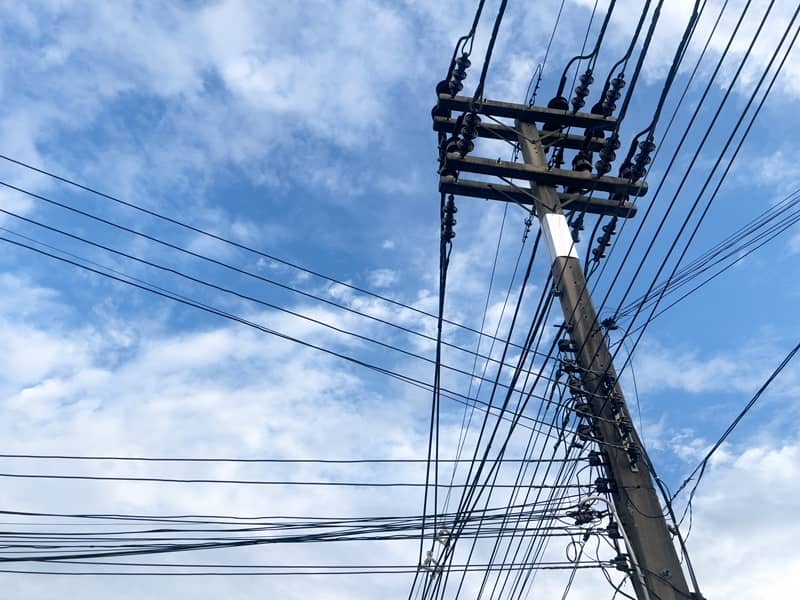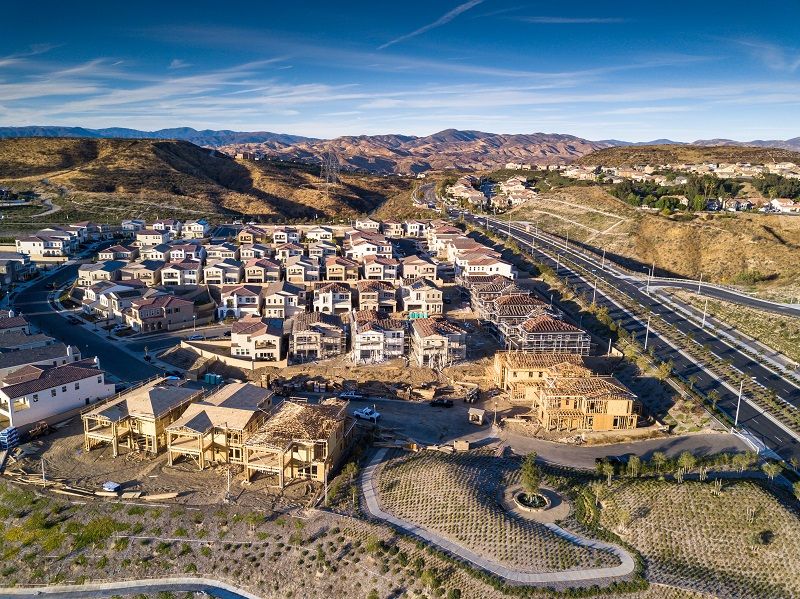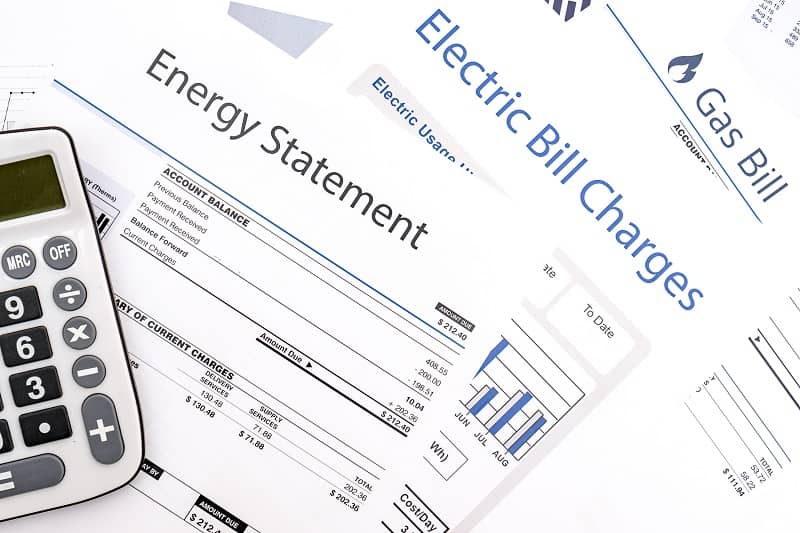By Nathan Stecker and John A. Charles, Jr.
Introduction In June 2012 the City of Portland announced that parts of Moody Avenue in the South Waterfront neighborhood had been rebuilt, widened, and raised by 14 feet. According to the press releases, the reconstruction will improve travel options, allow for more development, and accommodate the Portland-Milwaukie light rail line. The total cost for the project at that point was roughly $52 million.
Although the retrofit was impressive from an engineering standpoint, it is not obvious why it was necessary. Cyclists and pedestrians now have a wide corridor on which to travel, but only for about half a mile. The streetcar, which used to have exclusive right-of-way to the west of Moody, now shares street space with automobiles, degrading traffic flow. The Milwaukie light rail line has its own enormous rightof-way on the west side of Moody and simply crosses over the street to go over the new Willamette River transit bridge. And adjacent property owners to the east now have the challenge of building next to a road that towers above the first floor of their projects.
This paper explores the reasoning behind the project and analyzes the benefits claimed by city planners.
Nathan Stecker is a 2013 graduate of Warner Pacific College. He coauthored this paper as part of a research
fellowship in fall 2012. John A. Charles, Jr. is President and CEO at Cascade Policy Institute.











